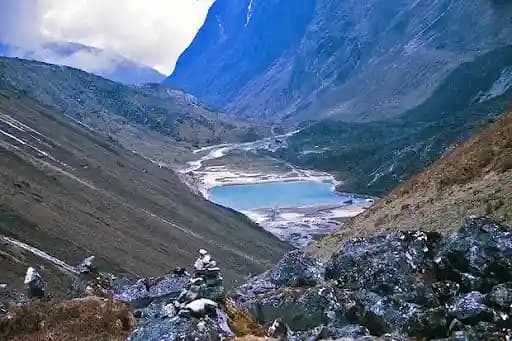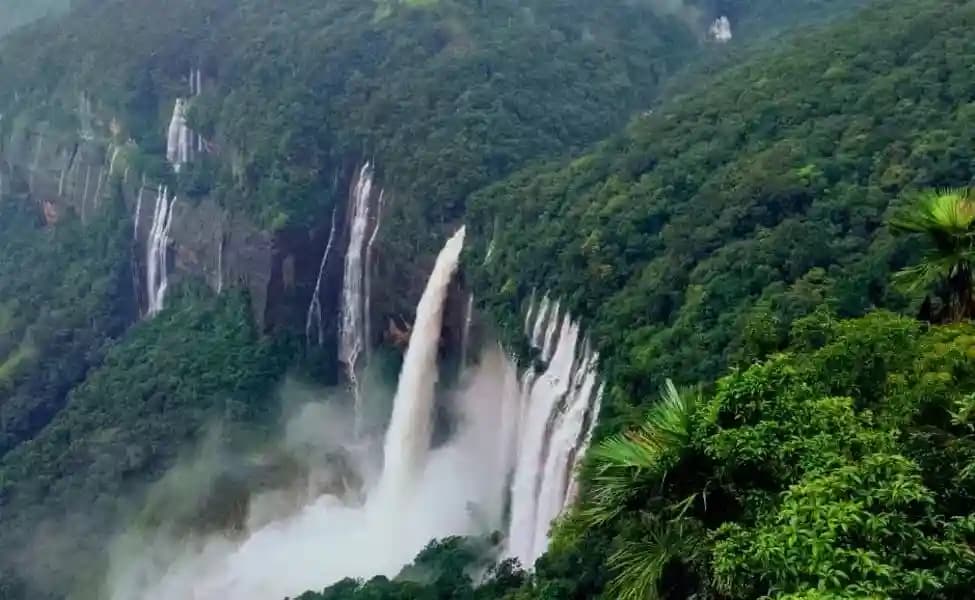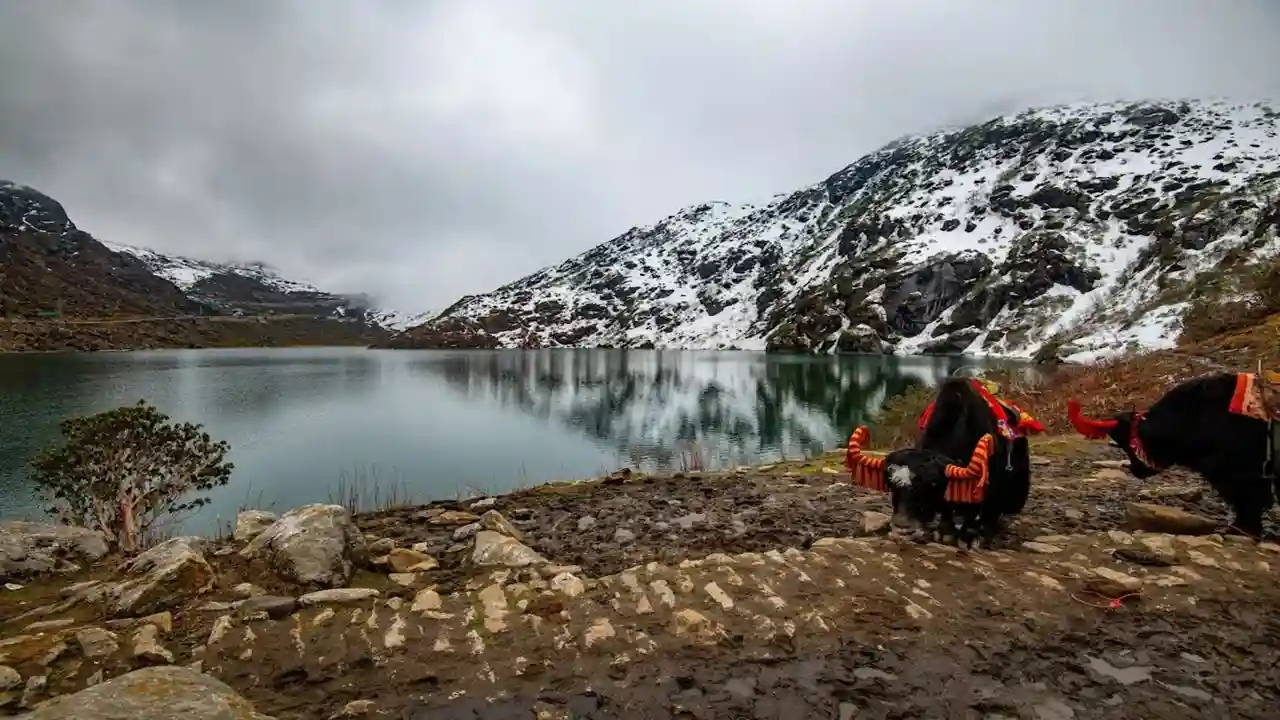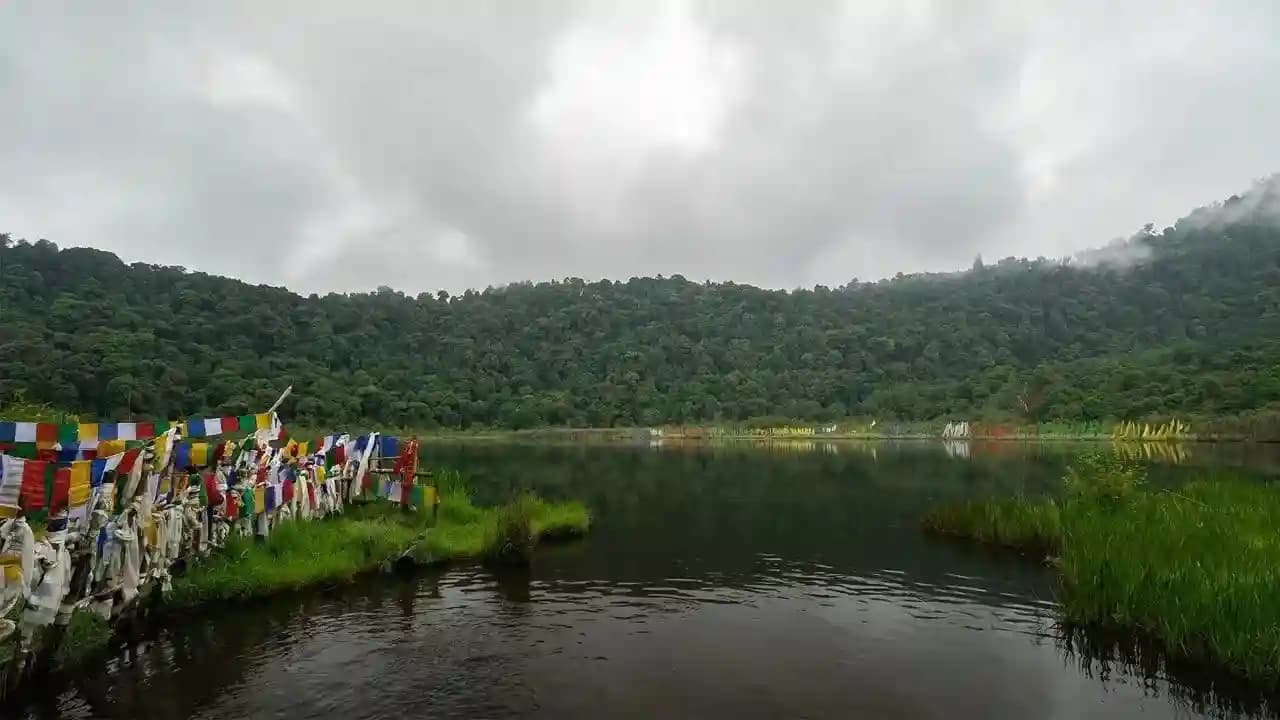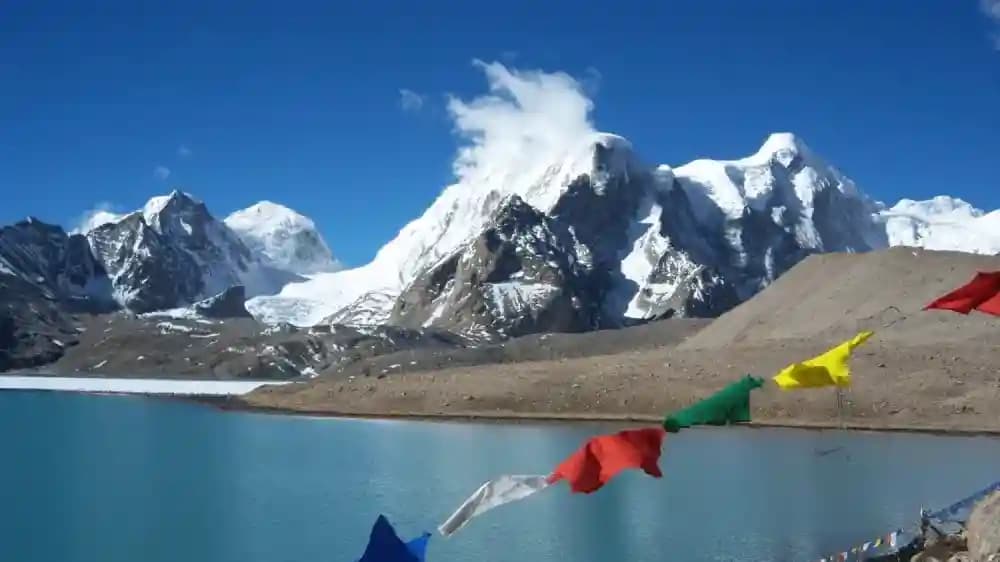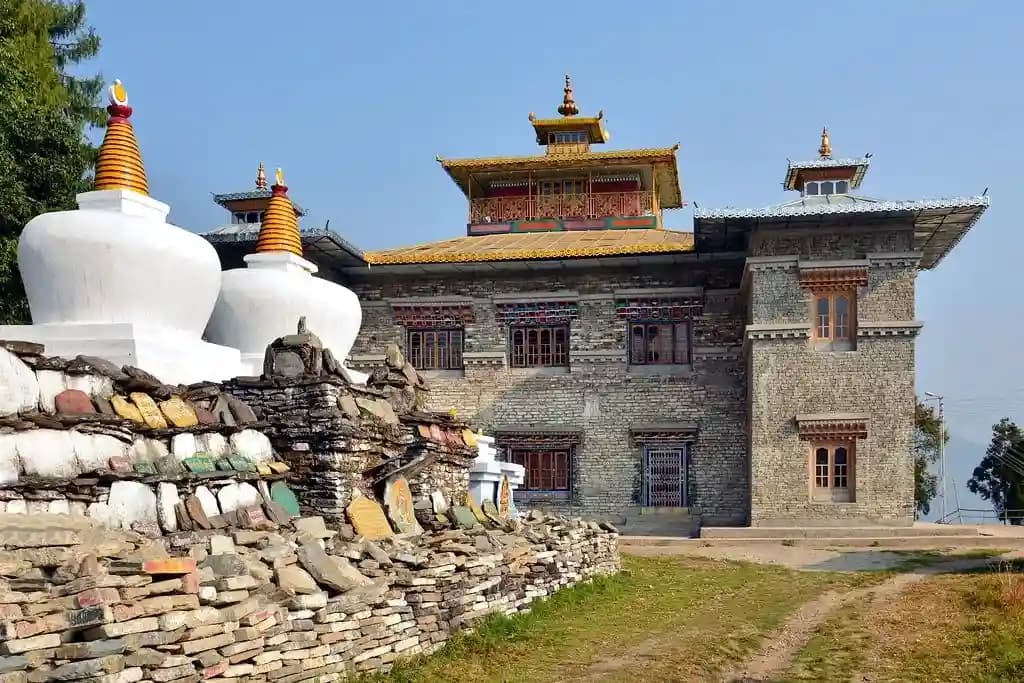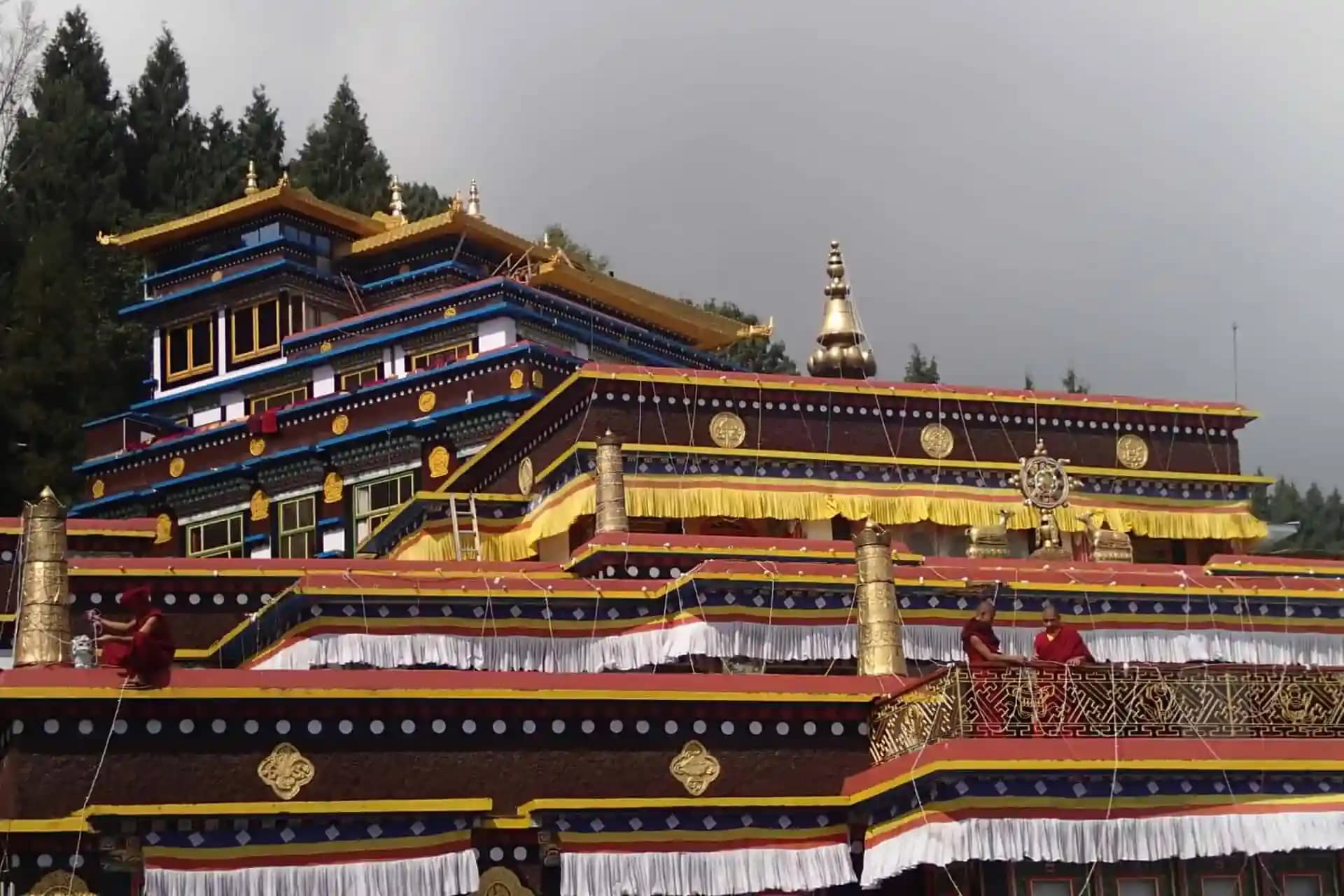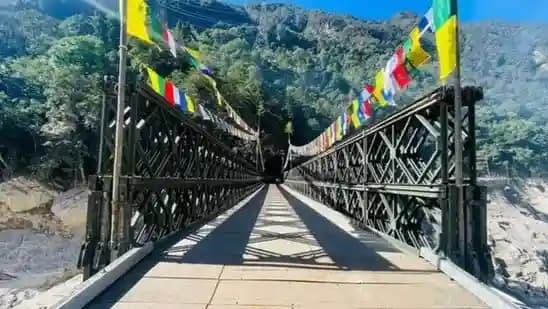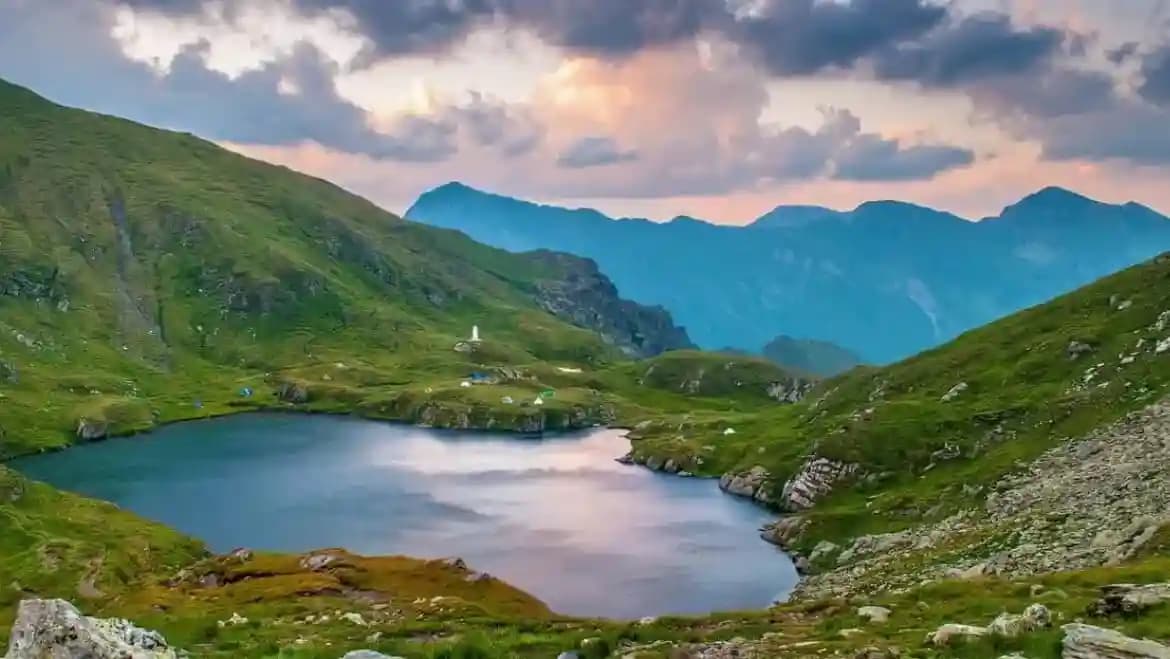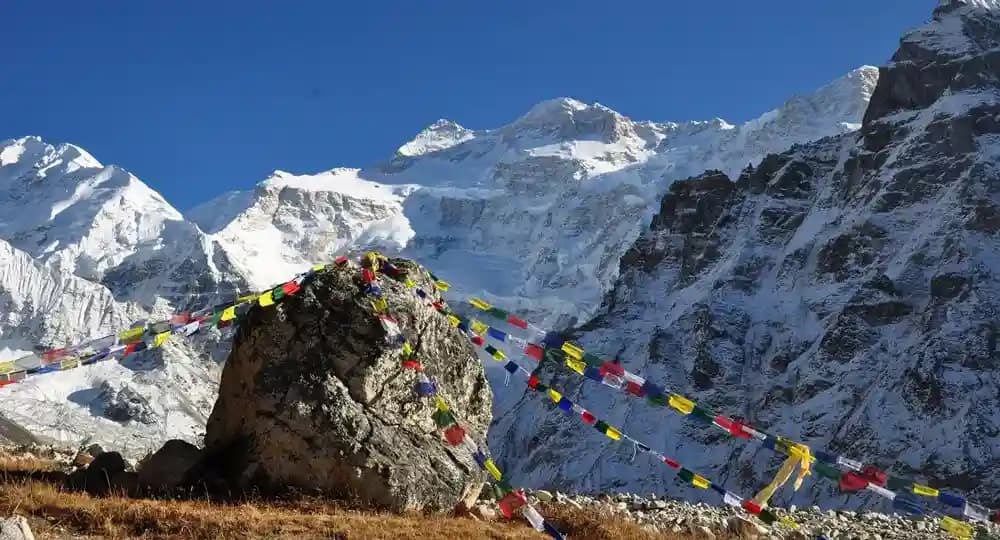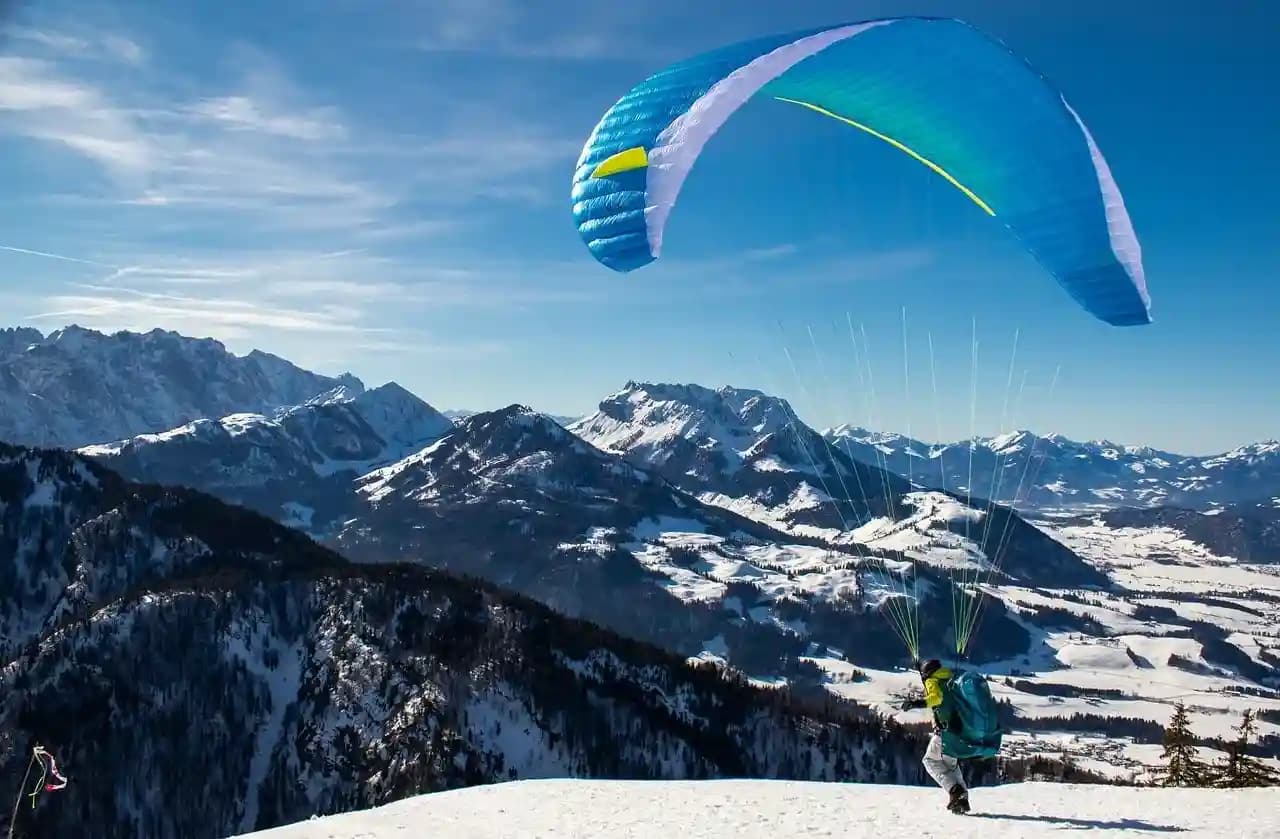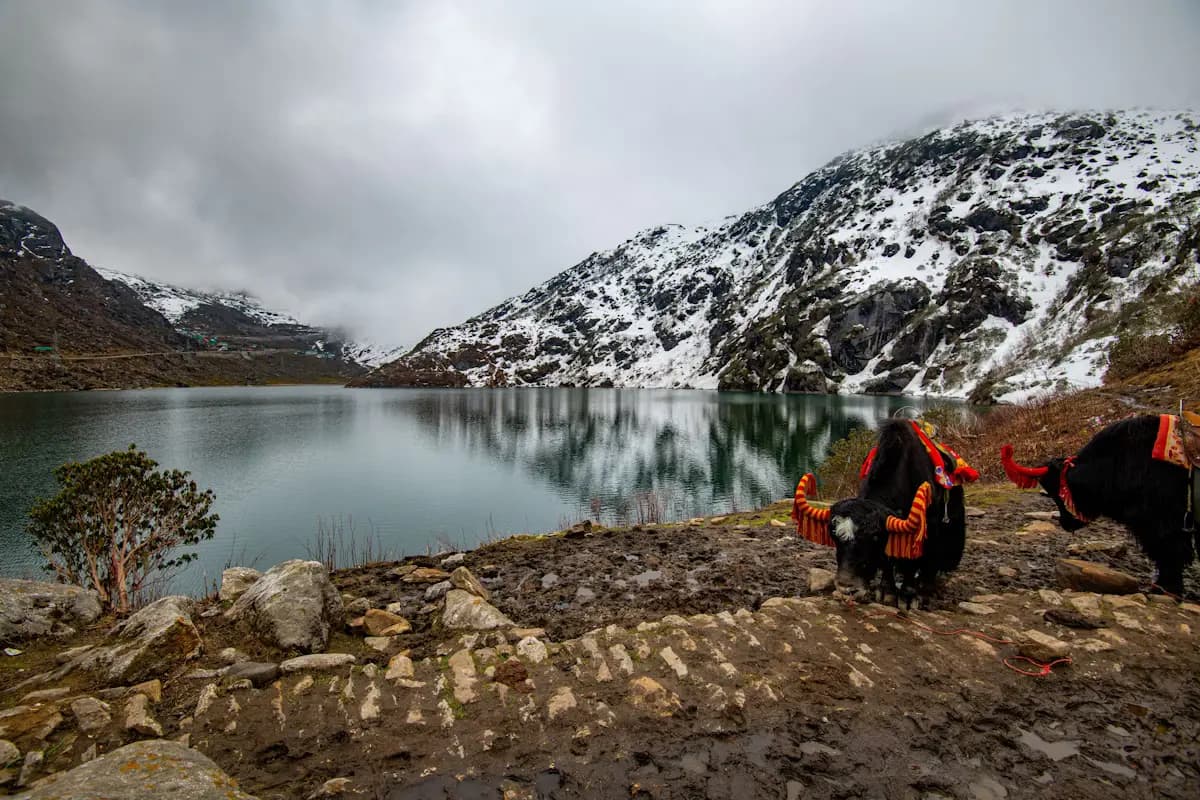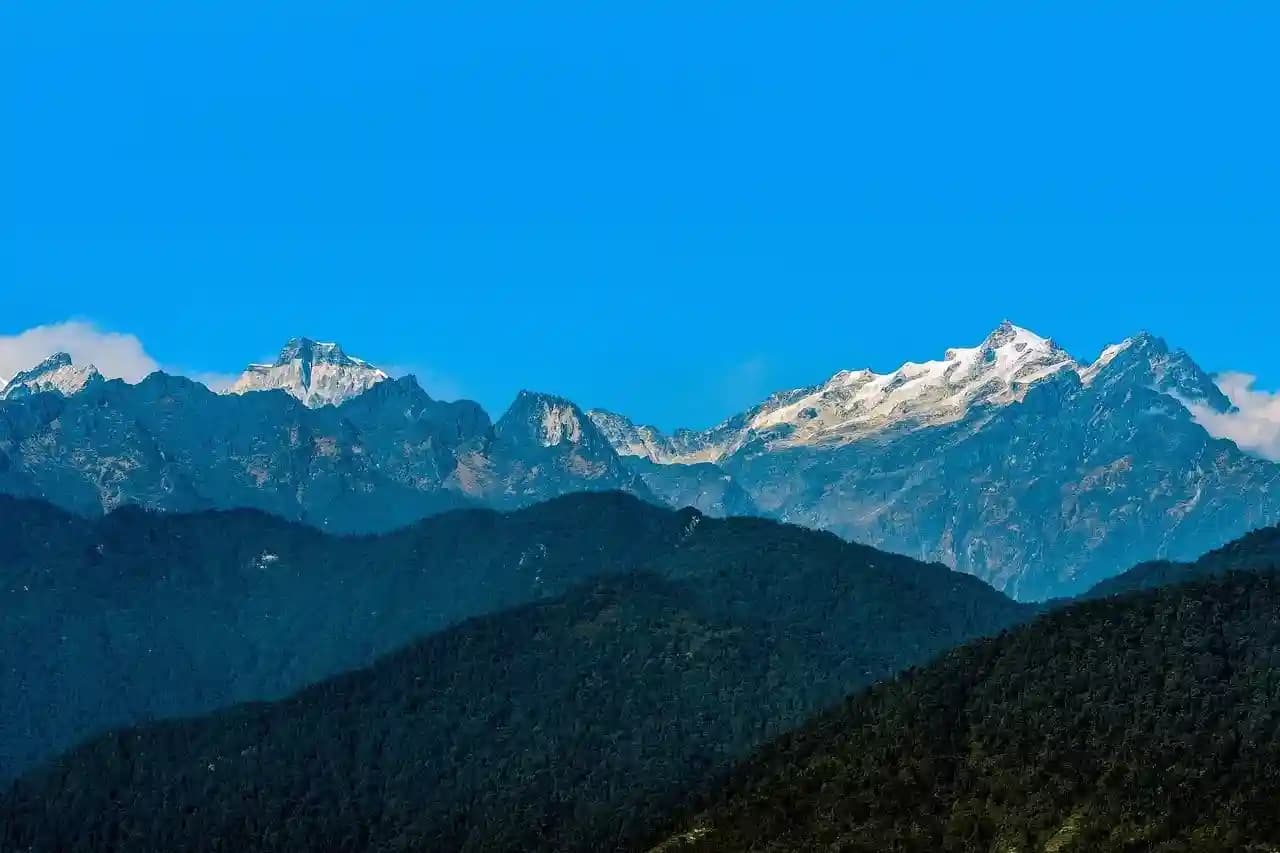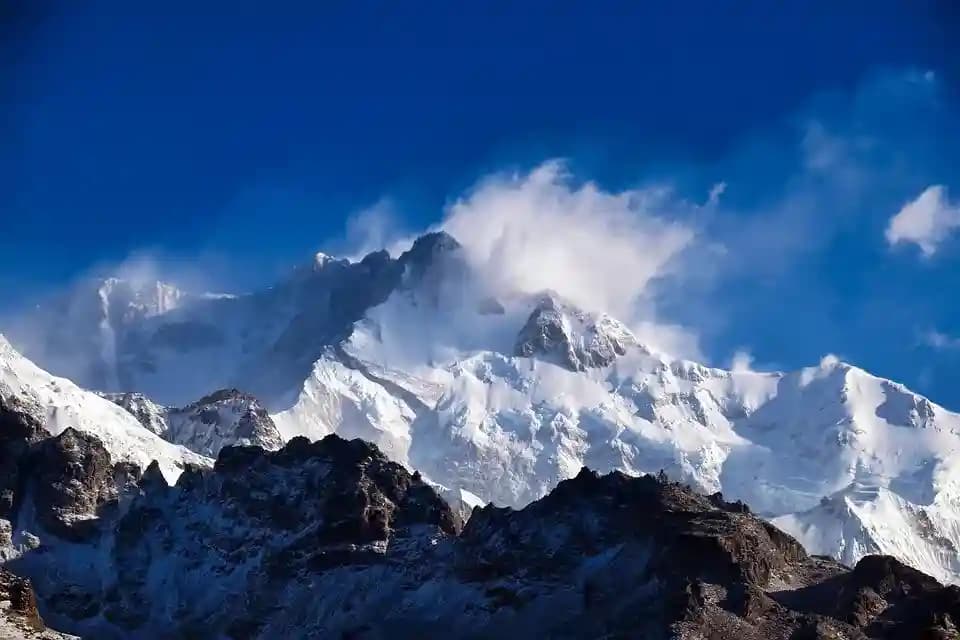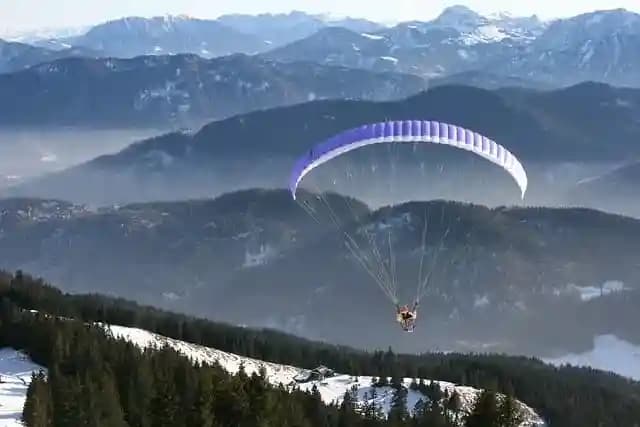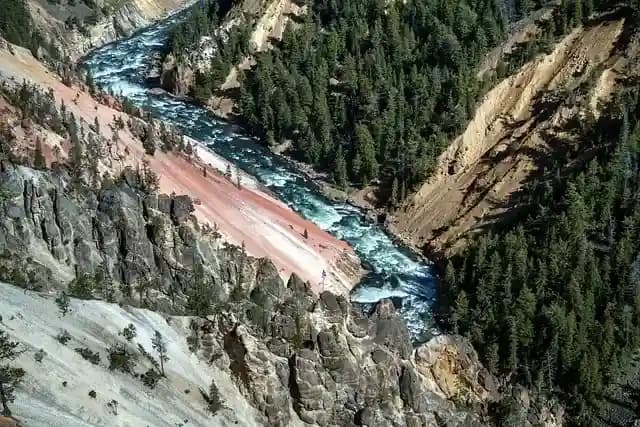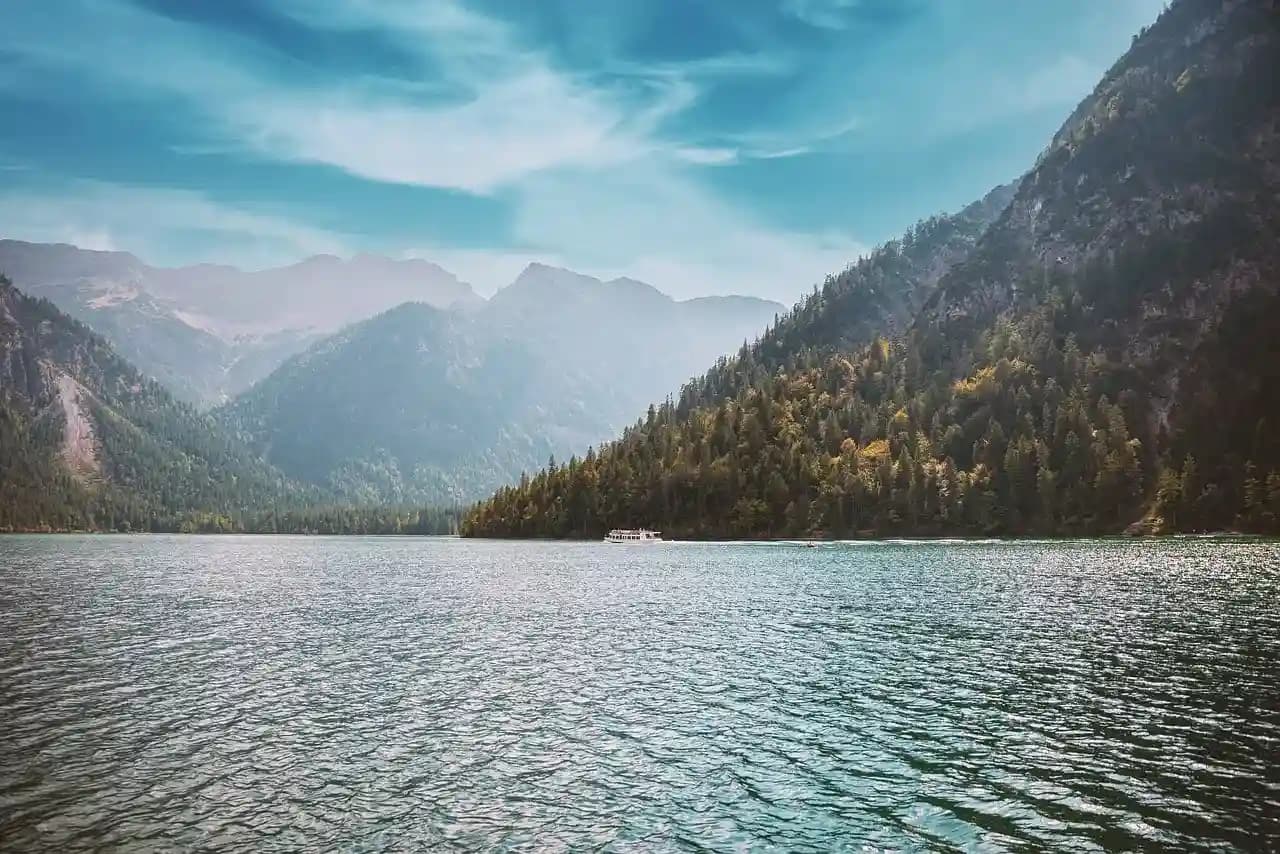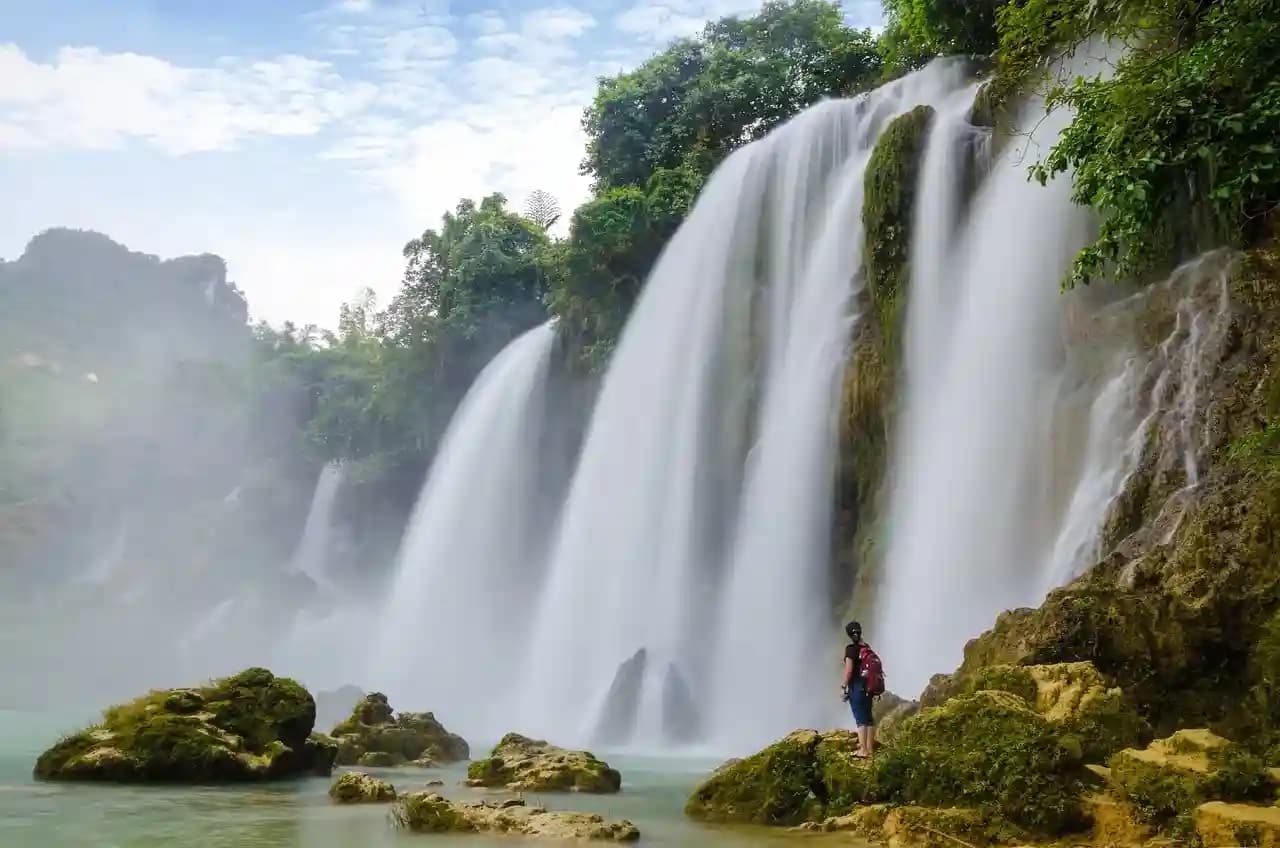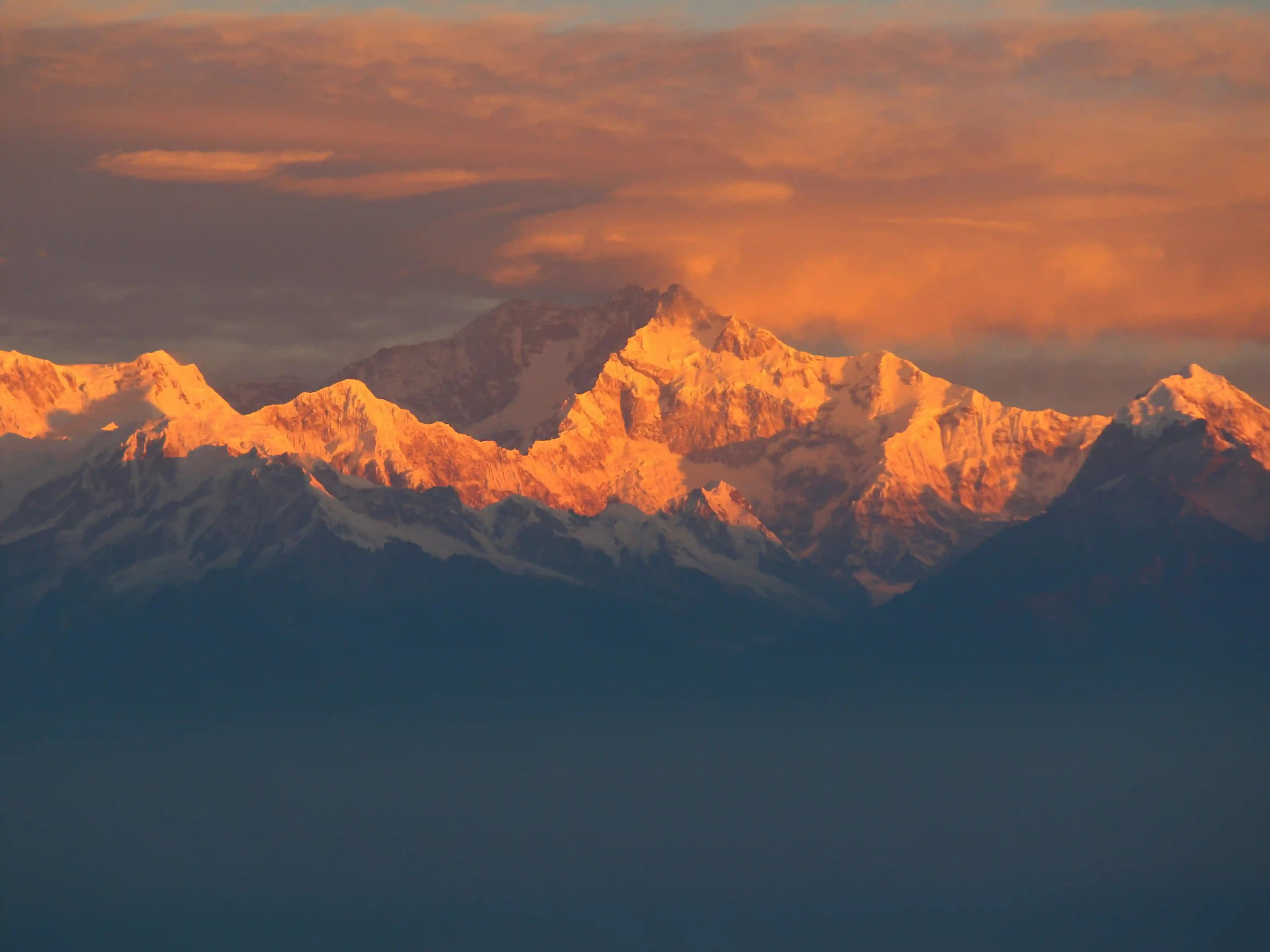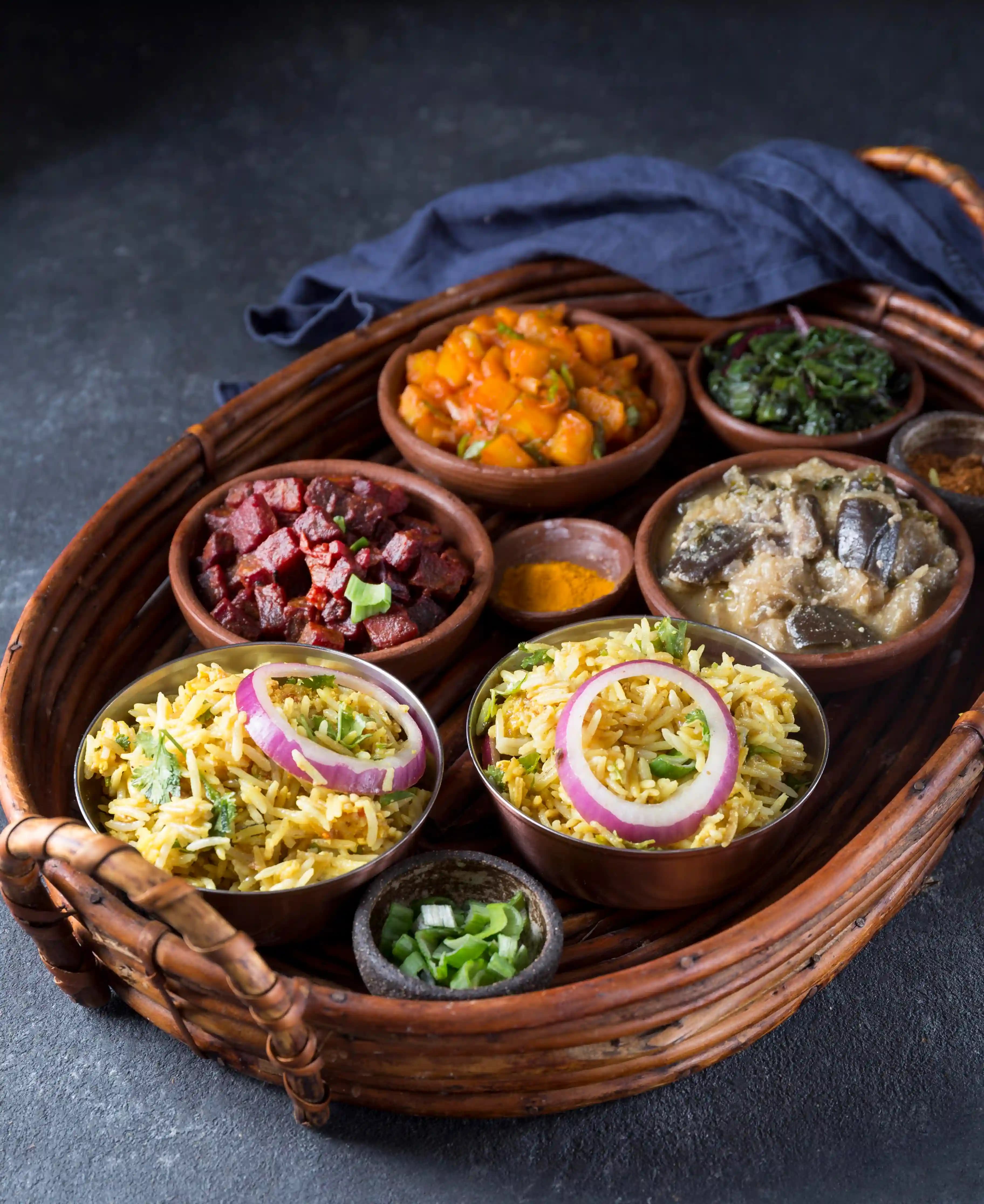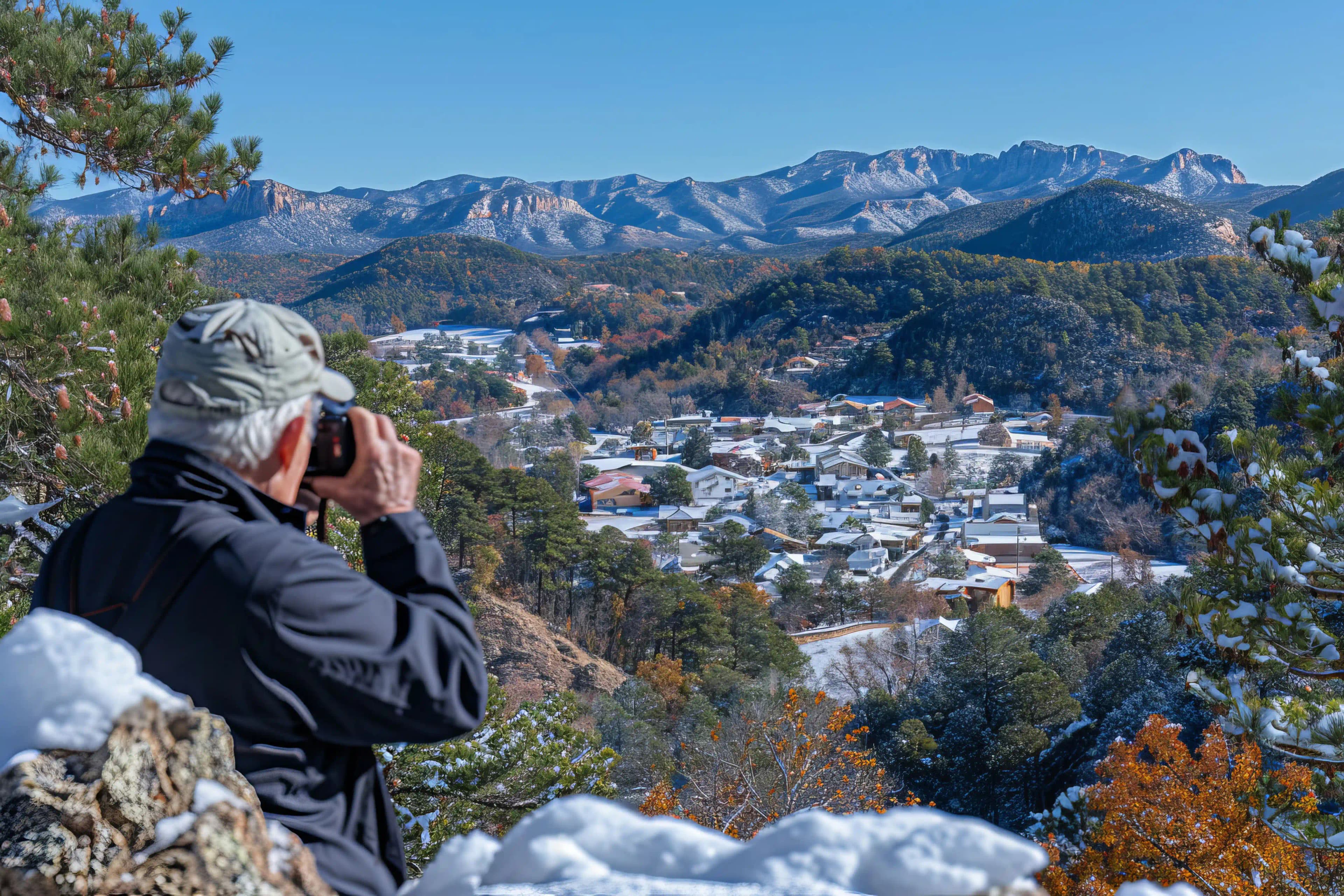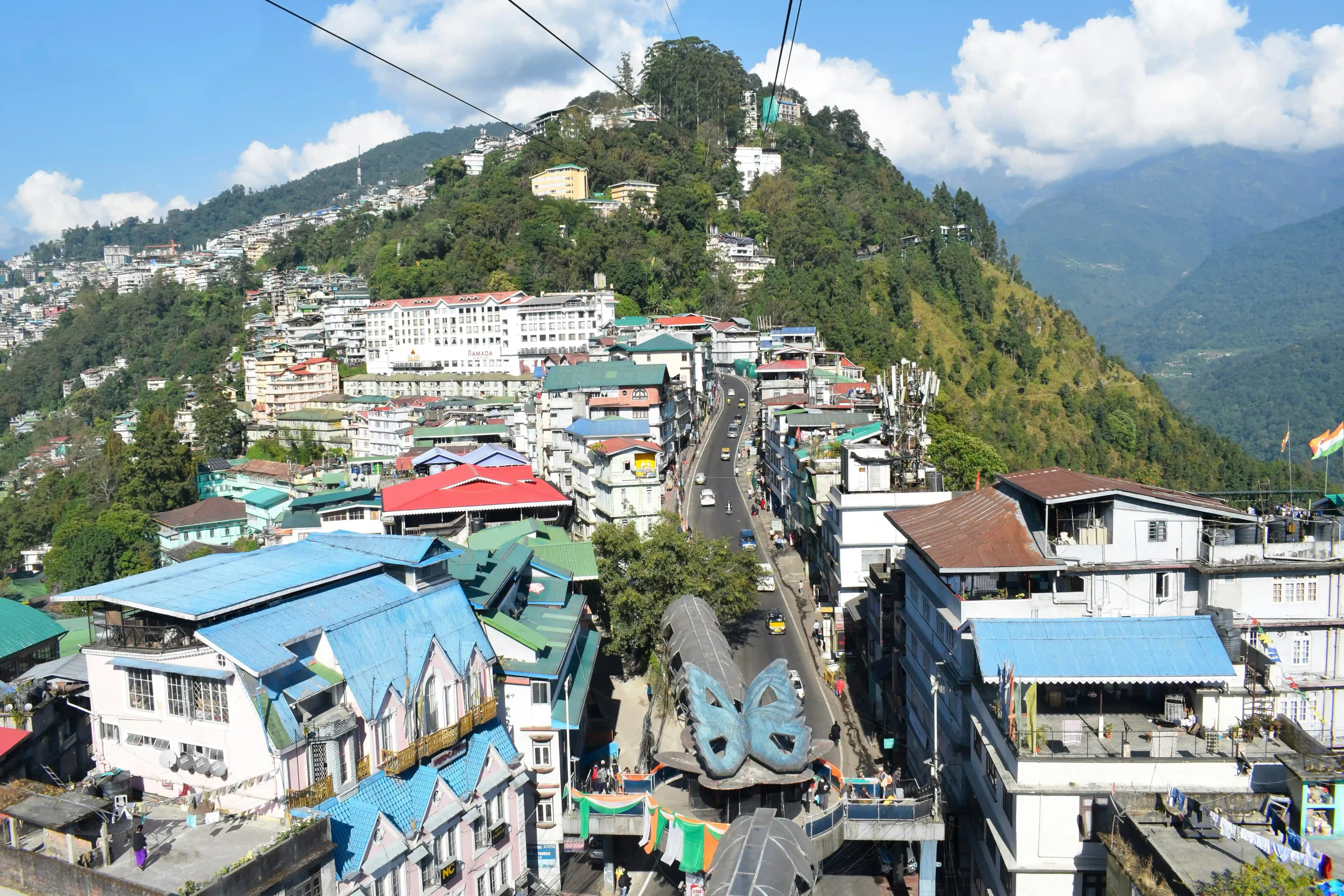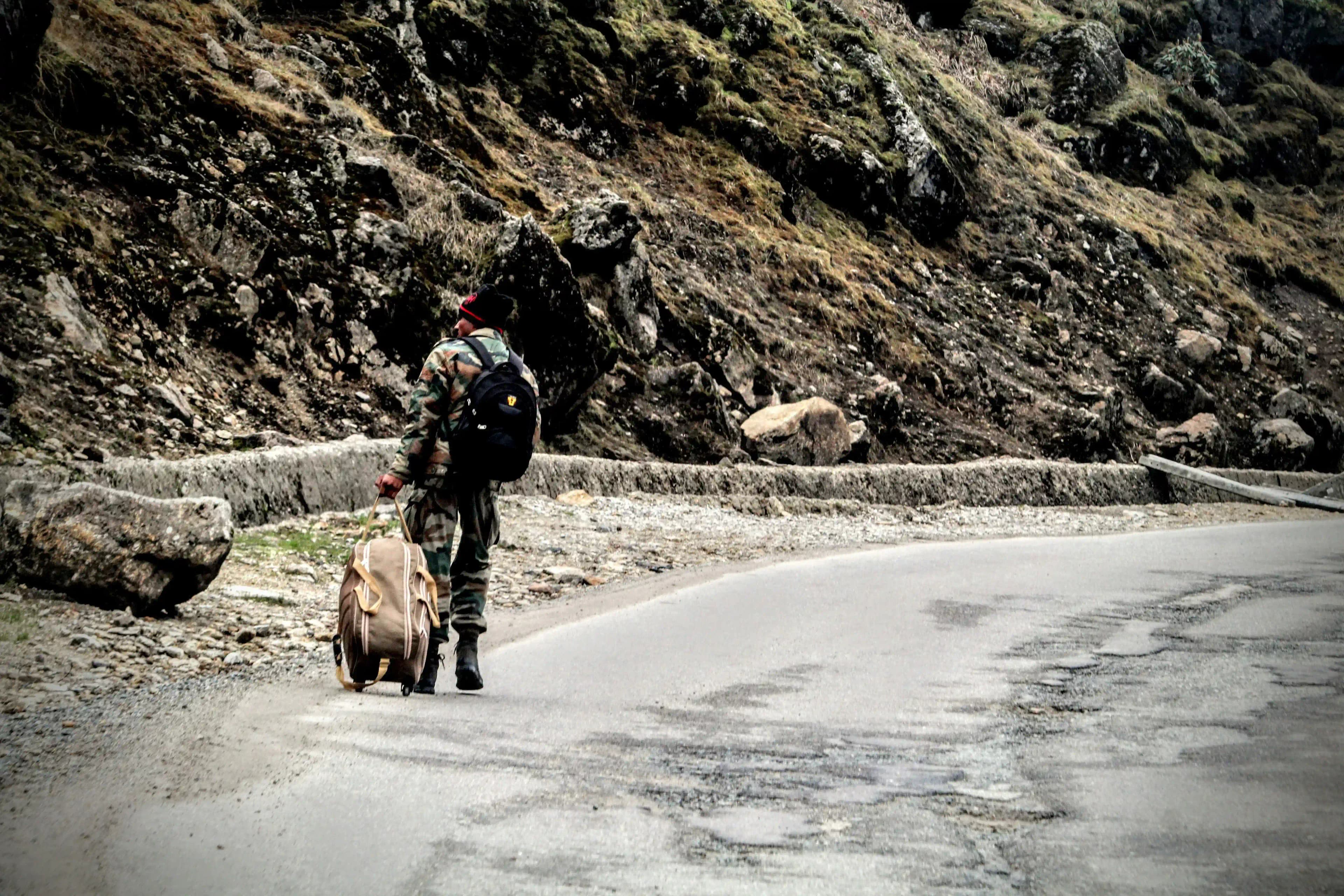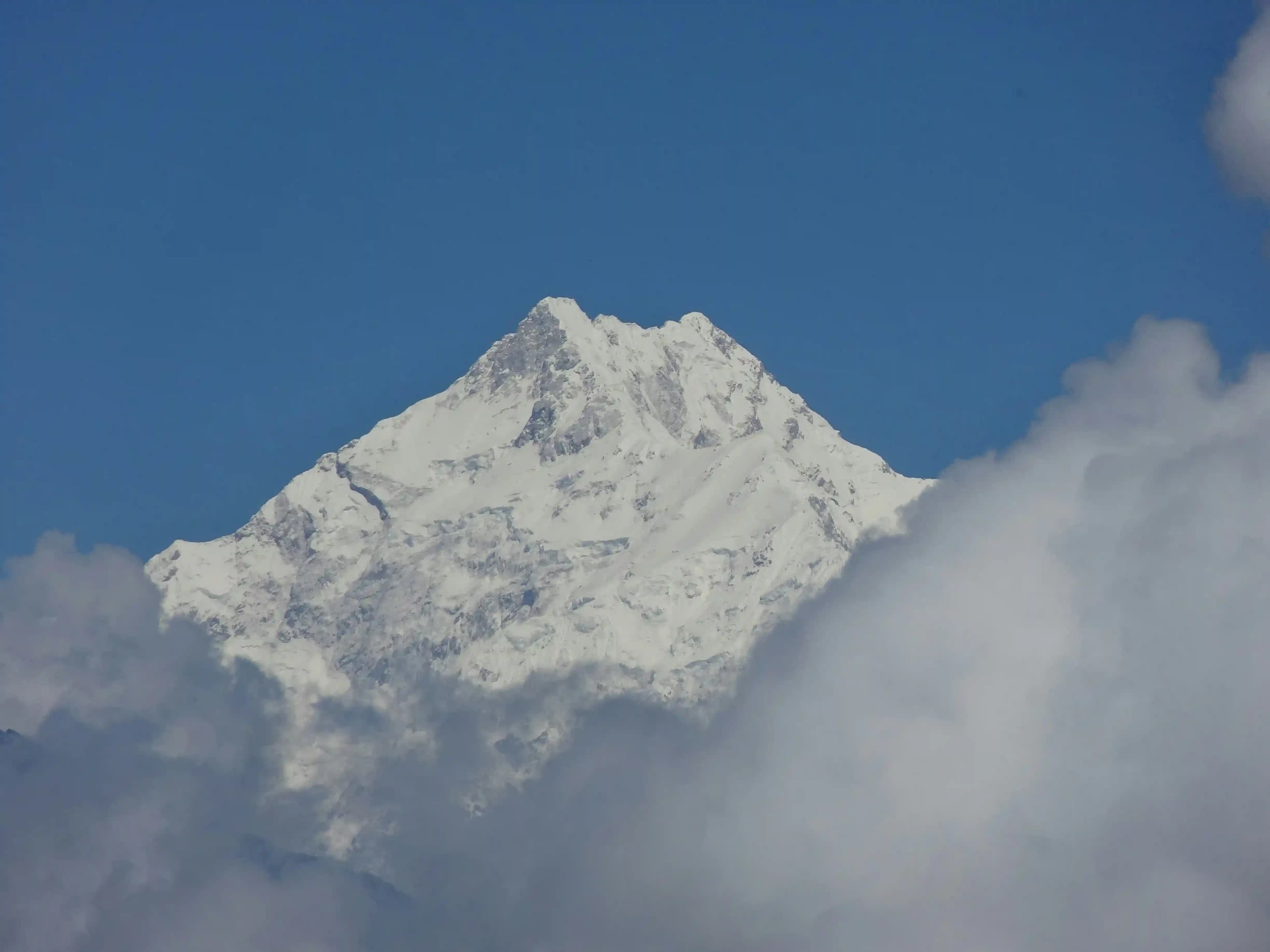Ready to trek and break free? The Dzongri Trek presents itself as Sikkim's delightful discovery, through which each stride adds fresh discoveries to your journey. This trek positions itself within the Himalayas to present breathtaking sceneries of tranquil natural landscapes that will create an indelible experience for you. Any hiker or nature enthusiast will find the Dzongri Trek Sikkim gives them spectacular Himalayan mountain views while leading them through pastoral fields and relaxing environments. The trek will allow you to become enchanted by mountain heights, alpine wilderness and multicultural communities. A trek at Dzongri is much more than a typical hiking adventure. So, pack your trekking shoes and get ready to create memories of a lifetime on this adventure-packed trek.
Overview of the Dzongri Trek

The Dzongri Trek provides visitors to Sikkim with a seamless combination of enchanting sights and heritage discoveries with heart-pounding adventure. Dzongri stands among India's most popular trekking locations because it appeals to both experienced trekkers and nature lovers. The journey leads you across thick forests and peaceful meadows before crossing rough paths while showing breathtaking views of Khangchendzonga. The Dzongri Trek Sikkim presents an essential journey that unites stunning scenes with serene environments and rewarding cultural visits because it appeals to mountain enthusiasts, spiritual seekers and nature lovers.
Suggested Read: Explore the Best Places to Visit in Sikkim: A Himalayan Adventure
Tentative Itinerary for Dzongri Trek
The normal duration of the Dzongri Trek spans six to seven days while visiting Yuksom along with Tshoka, Phedang, and Dzongri. All trekking experience levels match the terrain since the path includes moderate slopes alongside frequent rest areas during the climb.
- Day 1: Arrive in Yuksom – Trek preparation and overnight stay.
- Day 2: Yuksom to Sachen – Trek through forests (8 km, 4-5 hrs).
- Day 3: Sachen to Tshoka – Steep ascent via Bakhim (7 km, 4-5 hrs).
- Day 4: Tshoka to Dzongri – Trek through rhododendron forests (9-10 km, 5-6 hrs).
- Day 5: Acclimatization day – Hike to Dzongri Top (13,675 ft) for sunrise view.
- Day 6: Dzongri to Tshoka – Descend back via the same route.
- Day 7: Tshoka to Yuksom – Final descent and overnight stay.
- Day 8: Depart from Yuksom.
Places to visit in Dzongri Trek
Travellers should visit multiple recommended areas within the Dzongri Trek since these locations unite challenging mountain scenery with a peaceful environment. The trek combines active exploration with peace by taking visitors through scenic towns and pure rivers as well as remarkable vistas.
1. Yuksom

Yuksom operates as the principal embarkation site for visitors taking the Dzongri Trek under its name, ‘Gateway to Khangchendzonga.’ Located at the base of the Eastern Himalayas' foothills, Yuksom stands as a peaceful and small village which serves as Sikkim's original historical capital establishment. In 1642, the first Sikkim Chogyal received coronation at this location as it contains the Dubdi Monastery, alongside other significant monasteries, which represent among the oldest religious sites in Sikkim. The peaceful atmosphere of Yuksom provides trekkers with the necessary time to adapt to the altitude before their upcoming journey.
2. Khangchendzonga National Park

The Dzongri Trek in Sikkim has its core situated within the natural gem that UNESCO recognized as Khangchendzonga National Park. Khangchendzonga National Park shelters various significant species of animals and plants in addition to the endangered Red Panda. Hikers can view the third tallest peak, Khangchendzonga Mountain, reaching an elevation of 8,586 meters from different locations throughout the trek. Trekkers can discover dense forests, lively meadows and clean rivers along with diverse animal life within this territory. Local Sikkimese people consider Khangchendzonga to be a spiritual peak due to its religious importance in the region.
- Entry Fees: INR 100 for Indian citizens, INR 200 for foreign nationals
- Timings: 6 AM to 5 PM
Suggested Read: Top Things to Do in Sikkim: Your Next Adventure Awaits
3. Dzongri Viewpoint

The Dzongri Trek Sikkim includes the Dzongri Viewpoint as its popular and distinguishing feature. Located at 4,200 meters in elevation, the trekking destination presents an incredible sight of both the Khangchendzonga Range and its neighboring peaks, including Pandim and Jopuno. Sunrise over the horizon reveals a scenic show because golden sunlight transforms the peaks into spectacular pink and orange hues. This strategic vantage point exists as a photographer's dream location for visitors while also bestowing achievement upon achievement-oriented trekkers who finalize their hike following their forest journey and challenging elevation journey.
4. Goechala

Goechala represents the most elevated location reachable by hikers during the Dzongri Trek, which reaches 4,940 meters in elevation. The passage provides the best visible angles towards Mount Khangchendzonga, combined with a full spectrum of Eastern Himalayan peaks. Adventurers seeking a demanding trekking experience should set Goechala as their maximum destination. The trek leads travellers to Goechala beyond alpine meadows, forests and moraines, before delivering an astonishing panoramic view that justifies all the trouble. Trekking toward Goechala becomes difficult yet delivers an exceptional outcome for every mile climbed.
- Entry Fees: INR 200 for permits
Suggested Read: Tsomgo Lake: A Gem Situated In The Midst Of Sikkim
5. Prek Chu River

During the Dzongri Trek adventure, the Prek Chu River provides an essential element because it runs through an aesthetically pleasing valley, which creates a tranquil space for trekkers. The stretch of water flows peacefully through rich vegetation while walkers navigate alpine grasslands during their ascent. Transparent blue water flows through the forested land of the river as its gentle sounds produce relaxation for all visitors. The travel route includes multiple points where it passes next to the river, adding distinctive charm to the trekking experience.
6. Biksthang

Biksthang is a tiny settlement that stretches along the course of the Dzongri Trek between forested land and expansive pastures. Travellers find peace in this tranquil area to take a break between their expeditions through the mountains. The village's spectacular landscapes of mountains reveal themselves alongside widespread rhododendron forests, which produce their vibrant springtime colors. Nature enthusiasts, along with photography fans, should visit this location because of its exceptional charm.
Suggested Read: Discover the Best Time to Visit Sikkim for an Unforgettable Experience
7. Thangsing

During the Dzongri Trek, travellers can stop at Thangsing, which stands out as a picturesque village because of its enchanting spirit and spectacular natural landscape. As a 3,800-meter-high campsite, it provides trekkers with the best viewpoint for witnessing the Khangchendzonga Range while granting time for relaxation. Nature enthusiasts can enjoy both photography and nature walks within the rhododendron tree-abundant forested landscape of this area.
8. Tshoka

Tshoka village exists at an elevation of 3,000 meters and provides travellers with a restful base when they participate in the Dzongri Trek. The settlement envelope itself is within temple-like forest areas of oak and rhododendron trees while providing breathtaking perspectives of Mount Pandim. The traditional Sikkimese culture becomes accessible at Tshoka because the local residents welcome trekkers into their village. Visitors at this site can use it as an altitude adjustment point before continuing their ascent to higher elevations.
Suggested Read: Kanchenjunga Base Camp Trek: A Journey Through Sikkim’s Untamed Beauty
9. Sikip

Visitors on the Dzongri Trek should stop at Sikip because it presents an attractive location for a short rest. The rest area is close to the river and lies in a lovely forested district that provides tranquillity to visitors. The destination allows travelers to observe typical Sikkimese cultural aspects, which allows them to view distinctions in communal traditions. The fewer number of visitors in Sikip allows trekkers the chance to experience natural solitude and tranquillity.
10. Kanchenjunga Waterfalls

During the Dzongri Trek, one can encounter the spectacular natural attraction of the Kanchenjunga Waterfalls. These waterfall formations descend marvelously from high elevation points while providing an extraordinary view within both the forested land and challenging mountain sceneries. The clear water forms a magical scenery at the site while the continuous rush of water brings peacefulness to the trekkers. Visitors find this lovely waterfall to be a photographic opportunity that increases the beauty of the trek.
Best Time for the Dzongri Trek

Visitors should choose to trek at Dzongri Trek from March through June because the climate provides excellent conditions and delivers both clear skies and temperatures between 10°C and 18°C. The period provides both picturesque views of Khangchendzonga and the exquisite presentation of blooming meadows, which creates ideal conditions for exploration. Visitors can enjoy a perfect trekking experience during the Autumn months because the trails remain dry while the temperatures sit between 5°C and 15°C.
The monsoon period from July through August poses critical risks to trekkers because heavy rain leads to dangerous conditions of slippery trails and landslides. The season of winter in Guchia marks a challenging experience because it brings cold temperatures between -10 to +5 degrees Celsius along with strong snowfalls that restrict less-trained hikers from enjoying the stunning snow-scaped view.
Suggested Read: Paragliding In Gangtok: A Sky-High Adventure Awaits!
How to reach the Dzongri trek?

By Air: Travel to Yuksom from Bagdogra Airport (IXB), which is a 125-kilometer journey. The airport serves passengers traveling between the major cities of Kolkata, Delhi and Mumbai. Reach Yuksom by taking either taxis or private vehicles from Bagdogra, which offer a journey of 4-5 hours through the beautiful landscapes of Sikkim.
By Road: The distance between Yuksom and Gangtok amounts to 100 km, which requires approximately 4 hours by car. Travelers can book taxis in Gangtok as well as share jeep services. Private transport and buses from Siliguri through Kolkata can reach Yuksom easily. Because of monsoon weather, rough terrain will likely appear on your journey.
By Rail: Travelers must use the New Jalpaiguri Junction (NJP) railway station since Sikkim lacks its own railway infrastructure, which lies at a distance of 125 kilometers from Yuksom. Travelers can reach Yuksom from NJP using taxi or shared jeep services through a journey lasting 4-5 hours while enjoying scenic views during the trip.
Suggested Read: Things To Do in Gangtok
What to Pack for the Dzongri Trek?
To achieve comfort and safety during the Dzongri Trek, visitors must assemble the correct equipment before starting their journey. Several essential items make up your trekking requirements, which include the following:
1. Bring lightweight moisture-wicking garments to wear during daytime, but also bring extra items for nighttime and early-morning cold. A waterproof jacket stands out as necessary since rain can be unexpected during the trip.
2. Sturdy trekking shoes provide the best conditions for rocky terrain because they are waterproof and have excellent grip, along with comfort for the trekker.
3. The high-altitude path demands warm clothing, which should include a down or fleece jacket and gloves together with a warm hat.
4. The backpack includes a waterproof rain cover, which protects your gear items from precipitation through its built-in protective layer.
5. Your outdoor plans require the combination of high SPF sunscreen and hydrating lip balm because UV rays intensify as altitude grows higher.
6. Carry a basic first aid kit with medications for altitude sickness, pain relief, bandages, and antiseptics.
7. Maintain hydration by bringing refillable water containers and pack energy-rich snacks, including nuts, energy bars and dry fruit.
8. Personal lighting devices consisting of a headlamp and flashlight with spare batteries should accompany you on morning or nighttime hikes.
9. The Sikkim Tourism Department requires all trekkers to possess the necessary permits and official documents during their expedition.
10. Two trekking poles serve as important tools for balance when moving through steep and rocky terrain, thus protecting knee joints.
Conclusion
Dzongri Trek offers an incredible expedition through landscapes that combine scenic attractions with historic sites with thrilling challenges. Anyone who desires mountain views, tranquil land or cultural investigation of Sikkim destinations will find a unique experience through this trek. Your adventure's success depends on proper preparation that includes expected permits, adapting to high elevations and selecting the essential items for your trip. Get ready to experience the Dzongri Trek Sikkim as you step into adventure while embracing challenges because this remarkable destination will continue to delight you even after you depart from home.
Frequently Asked Questions
1. What is the best time to do the Dzongri Trek in Sikkim?
The ideal time for the Dzongri Trek Sikkim is from March to June and September to November when the weather is perfect for trekking with clear skies and moderate temperatures.
2. How difficult is the Dzongri Trek?
The Dzongri Trek is considered moderately difficult, with altitudes above 4,000 meters. It requires a good level of fitness and acclimatization to avoid altitude sickness.
3. What permits are required for the Dzongri Trek in Sikkim?
To trek in Dzongri Trek Sikkim, you need permits like the Protected Area Permit (PAP) and the Restricted Area Permit (RAP). These can be arranged through a registered trekking agency.
4. How long is the Dzongri Trek?
The Dzongri Trek usually takes 79 days, depending on the route and pace, covering around 4050 kilometres of rugged terrain.
5. Can I do the Dzongri Trek alone?
While it is possible, it's advisable to go with a guide or a trekking group for safety, as the Dzongri Trek Sikkim involves steep climbs and remote areas.
